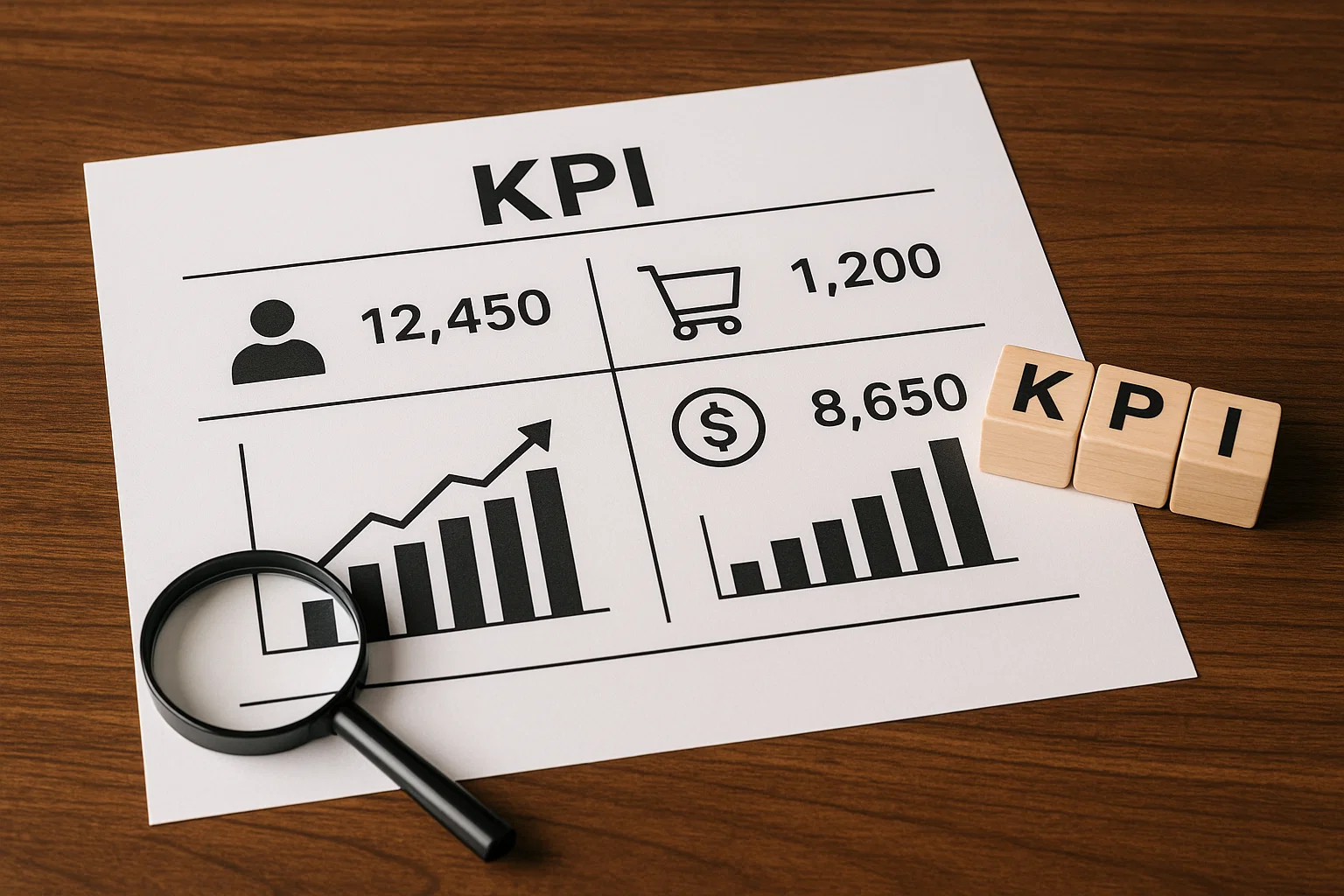“Priya,” Rohan started, scrolling through a complex dashboard on his laptop. “We’re growing, that’s clear. But sometimes, looking at all these numbers – sales, expenses, users – it’s hard to tell if we’re growing smartly. What are the absolute critical financial KPIs for scaling businesses? I need to know which metrics truly tell the story of our efficient growth.”
Priya nodded, understanding his dilemma. “That’s a common challenge, Rohan. In a fast-moving environment, it’s easy to get lost in a sea of data. But smart scaling isn’t just about top-line growth; it’s about profitable, sustainable expansion. Knowing which business growth metrics India to track, and more importantly, what they tell you, is crucial. These aren’t just numbers; they’re your company’s vital signs.”
Why Financial KPIs are Your Compass for Scaling
“So, these aren’t just for investors?” Rohan asked.
“Definitely not,” Priya clarified. “While investors certainly scrutinize them, Key Performance Indicators (KPIs) are your internal compass. They help you:
- Identify Trends: Spot what’s working and what’s not.
- Make Data-Driven Decisions: Move beyond guesswork.
- Spot Problems Early: Catch inefficiencies before they become major issues.
- Measure Progress: Track your scaling efforts against your strategic goals.
- Optimize Resource Allocation: Direct your capital where it yields the best returns.”
Rohan’s Top Financial KPIs for Smart Business Scaling
Rohan took the lead, ready to list the essential financial KPIs for scaling businesses:
- Customer Acquisition Cost (CAC): “This is paramount, especially when you’re growing,” Rohan emphasized. “How much does it cost you to acquire a new customer? Divide your total sales and marketing expenses by the number of new customers acquired. If your CAC is too high, you’re burning cash inefficiently as you scale.”
- Smart Move: Continuously work to lower your CAC through optimized marketing channels and referral programs.
- Customer Lifetime Value (CLTV): “Equally vital. What’s the total revenue you expect to generate from a single customer over their entire relationship with your company? You want your CLTV to be significantly higher than your CAC (ideally 3x or more) for sustainable growth.”
- Smart Move: Focus on customer retention, upselling, and cross-selling to boost CLTV.
- Burn Rate & Runway: “When you’re growing, you’re often spending more than you’re earning initially.
- Gross Burn: Total cash spent per month.
- Net Burn: Cash lost per month (Expenditures – Revenue).
- Runway: Net burn divided by total cash in the bank (how many months before you run out of cash). These are critical business growth metrics India for any startup.”
- Smart Move: Always know your runway. Extend it by controlling expenses or raising capital proactively.
- Gross Profit Margin: “This tells you how much money you make from each sale after deducting the direct costs of producing your goods or services. As you scale, ensure this margin isn’t eroding due to increased production costs or discounts.”
- Smart Move: Negotiate better supplier deals, optimize production processes, and consider strategic pricing adjustments to maintain or increase margins.
- Operating Cash Flow: “Priya hammered this in: cash flow is king. This KPI tells you how much cash your core operations are generating. Positive operating cash flow means your business is self-sustaining from its actual activities, rather than relying solely on external funding.”
- Smart Move: Focus on efficient collection of receivables and prudent management of payables.
- Customer Churn Rate: “While often seen as a customer success metric, it has huge financial implications. What percentage of your customers stop using your service over a given period? High churn means you’re constantly replacing lost revenue, hindering scalable growth.”
- Smart Move: Invest in customer satisfaction and engagement to reduce churn.
- Average Revenue Per User (ARPU) / Per Customer (ARPC): “This metric helps you understand the efficiency of your monetization. Are your existing customers generating more revenue over time? Is your pricing strategy effective across your growing user base?”
- Smart Move: Identify opportunities for upselling or introducing premium features to increase ARPU/ARPC.
Priya’s Take: Beyond the Numbers – Actionable Insights
“These are indeed crucial financial KPIs for scaling businesses, Rohan,” Priya acknowledged. “But remember, tracking them is only the first step. The true ‘smart move’ is using these insights to drive decisions.”
- Benchmark Regularly: “Compare your KPIs against industry averages or successful competitors in India. Are you performing better or worse?”
- Identify Bottlenecks: “If your CAC is rising, it’s a signal to review your marketing spend. If your churn is high, focus on product improvement or customer service.”
- Scenario Planning: “Use these metrics to run ‘what-if’ scenarios. What if sales drop by 10%? What if our CAC increases? How does that impact our runway?”
- Integrate Data: “Ensure your accounting, sales, and marketing data systems talk to each other for a holistic view of these critical numbers.”
“So, these KPIs aren’t just for reporting; they’re tools for strategic decision-making and course correction as we grow,” Rohan concluded.
“Precisely, Rohan!” Priya affirmed. “Mastering these business growth metrics India allows you to navigate the complexities of scaling with confidence, ensuring your expansion is not just rapid, but also resilient and highly profitable. It’s about knowing your numbers, and letting them guide your smart money moves.”
Are you a scaling business in India grappling with complex financial data and unsure which financial KPIs truly matter? Need expert assistance in identifying, tracking, and interpreting the crucial business growth metrics that drive sustainable expansion? Visit 21degrees.in and let our seasoned financial advisory team help you set up robust KPI tracking, provide insightful analysis, and guide your strategic decisions to ensure your business scales efficiently and profitably.




